Steve Stevens: these are the 10 guitarists who blew my mind
Deadland Ritual and Billy Idol's top gunslinger on his all-time faves
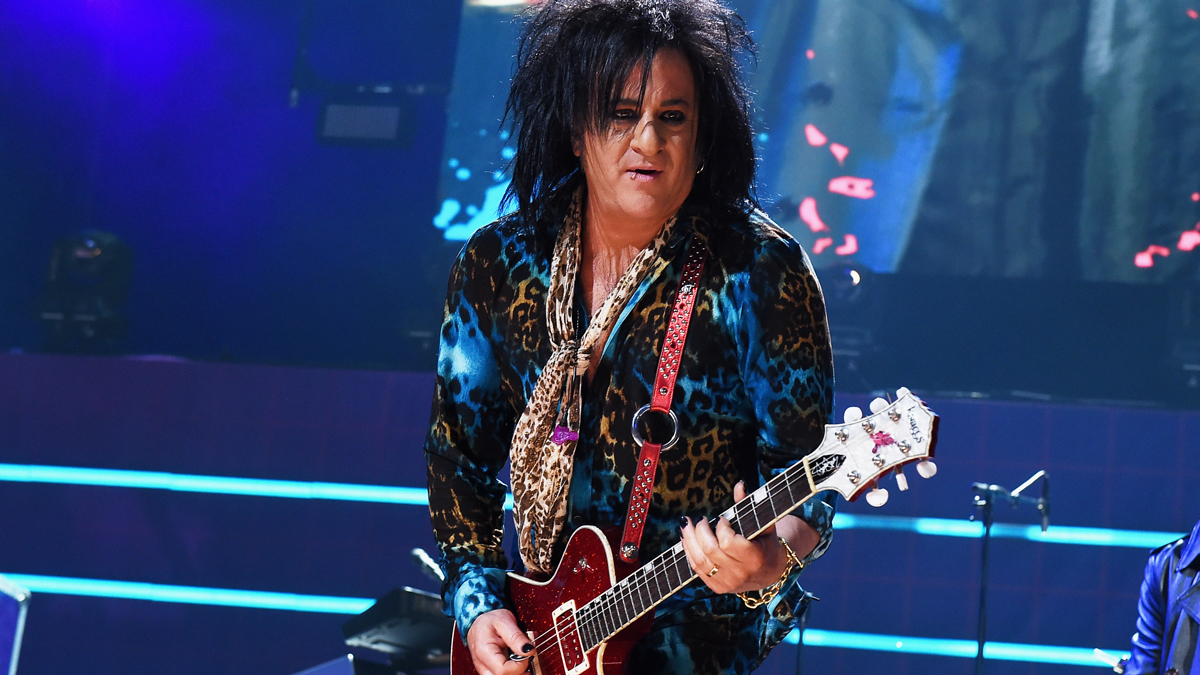
“Matt Sorum is actually one of the first musicians I hung out with when I moved to LA 25 years ago,” recalls guitarist Steve Stevens, explaining the roots behind their new band Deadland Ritual - which also features Black Sabbath legend Geezer Butler and singer Franky Perez.
The supergroup will be making their first appearances in Europe this summer, including a visit to the hallowed grounds of Donington for Download Festival, plus headline shows at London's Islington O2 Academy on 13 June and Glasgow's Garage on 15 June.
It all starts with four people getting into a sh**ty little rehearsal room and seeing what they’ve got
“We’d played in different incarnations of all-star bands like Camp Freddy, Royal Machines and Kings Of Chaos,” continues Stevens, noting how he and the drummer had always looked at each other from across the stage knowing they belonged in a band together.
As it turned out, Sorum had read an interview with Butler where the bassist was pondering life after Sabbath and half-jokingly admitted, “I guess I need to look for a new gig!” Then came a bit of a lightbulb moment...
“Matt really jumped on that!” grins Stevens. “We were already writing by then, so we sent some tunes over to Geezer and he liked what he heard.
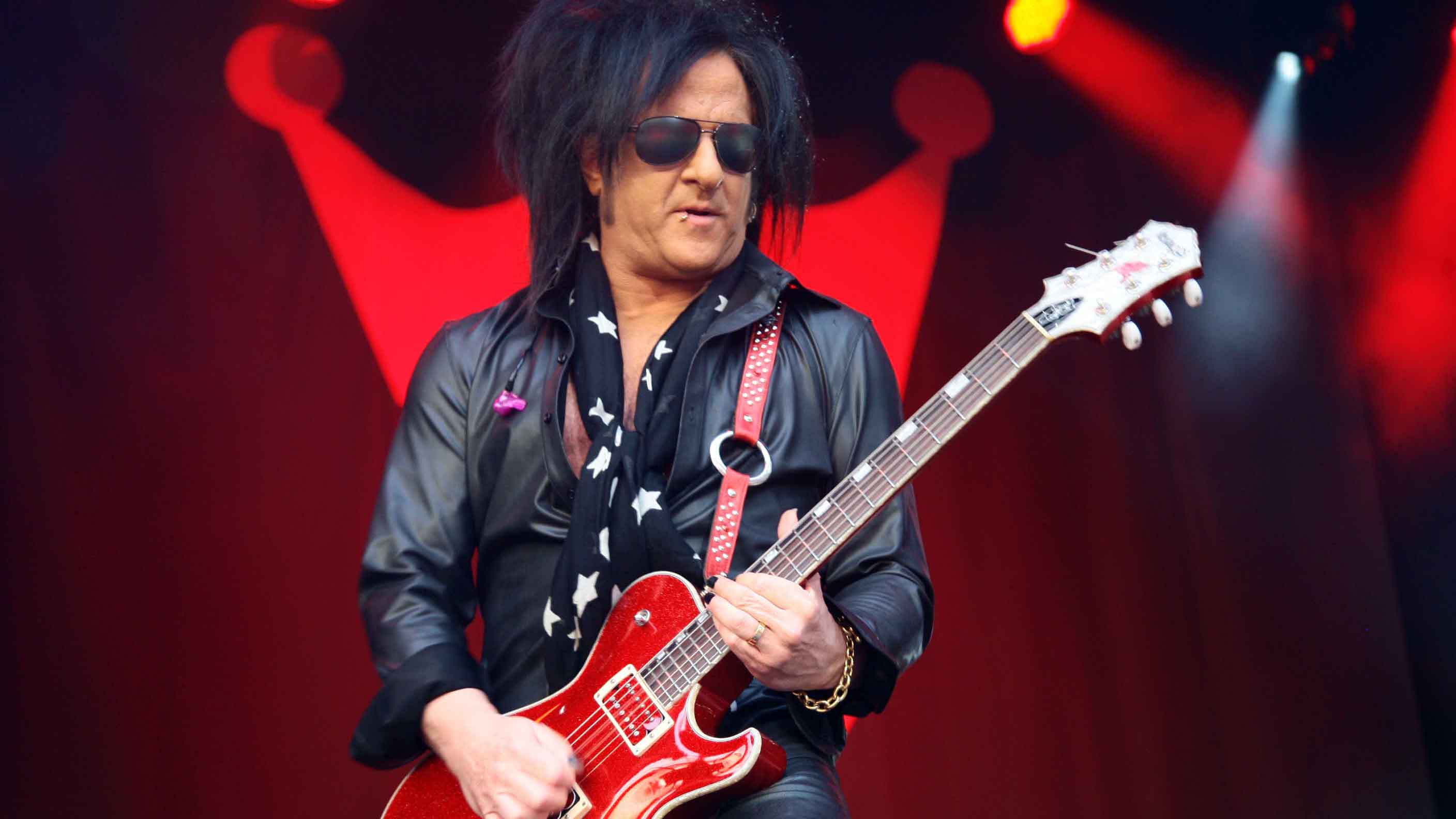
“But it all starts with four people getting into a shitty little rehearsal room and seeing what they’ve got. It doesn’t matter if it looks good on paper; what happens chemistry-wise is really the key to it. Fortunately for us, it worked out well.”
So far just two tracks, Down In Flames and Broken And Bruised, have been unveiled by the quartet, though the plan is to have their debut full-length recorded and released by the end of the year.
Musically, the singles marry heavy Sabbathian groove with elements of the Seattle sound - which Stevens attributes to the input of a younger singer who grew up with '90s music.
Naturally for the recordings, the guitar hero - best known for playing alongside Billy Idol since the early '80s - has been sticking with his signature instruments and amps….
“They’re like Swiss army knife guitars,” he says, of his Knaggs SSC models. “They have the Jimmy Page wiring to get single-coil sounds, so great instruments for the studio. The modulation came from my DryBell Vibe Machine, but for the most part I left it to Greg Fidelman, our producer, who owns a lot of gear. I knew what my stuff sounded like. This had to be a new band with new sonics.
“Speaking of which, I’m actually developing a new amp right now. We’re revising the Friedman Steve Stevens model, so I will have those with me for these upcoming live shows. There are actually some Fender Dual Steelmasters on the recordings, so I’ll be bringing out a Dual Six lap-steel too!”
Here, the award-winning gunslinger picks the 10 guitarists who blew his mind…
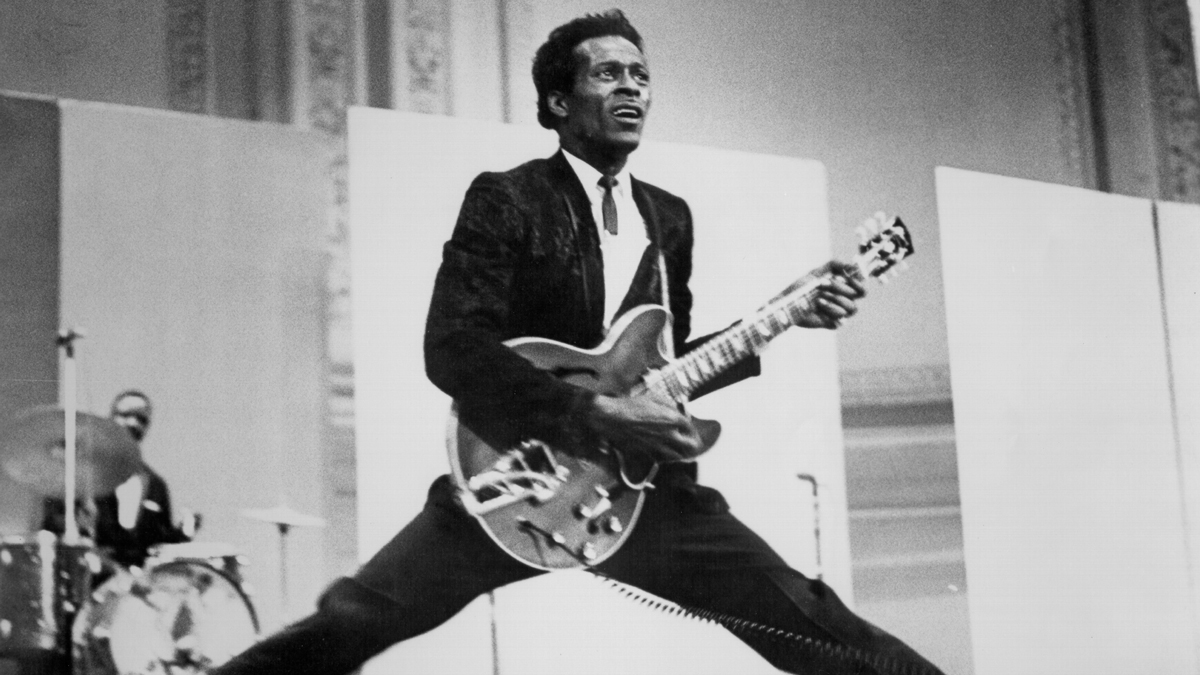
1. Chuck Berry
“I’ve got to give it up to Chuck Berry! I had an eight-track as a kid which I used to learn every song off his Greatest Hits.
“When you first pick up guitar, you can learn those tunes - they’re within your grasp. And everybody knows those songs; there’s nothing better than being eight years old and playing Johnny B. Goode to your mates who have come over and it sounding like the real song.
“He really was my first guitar hero! We were adamant that when I did the solo to Rebel Yell it had to start with a Chuck Berry riff. It’s fine and dandy to do all that stuff afterwards, but we had to kick it off with some Chuck!”
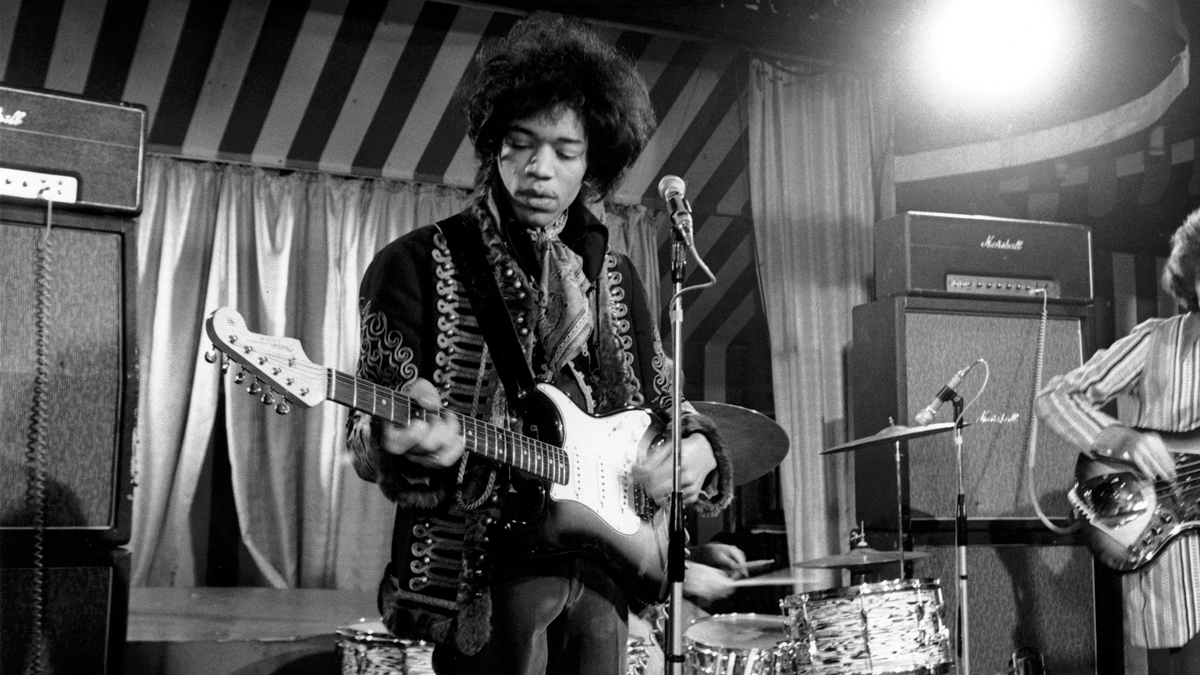
2. Jimi Hendrix
“I remember getting my first guitar, there was Univox guitar and amp package. I also had an Electro-Harmonix Big Muff which could help you sound somewhat like Hendrix on Foxy Lady and all that stuff.
“Hendrix is a bit of an enigma to me, because every time I go away from listening to him and come back, I really do hear different things in his playing.
“What’s amazing is how it’s so multi-faceted - with a blues bedrock and this psychedelic element over the top of it. I still can’t understand how he came up with an approach to guitar in 1967 that is still fascinating to this day.”
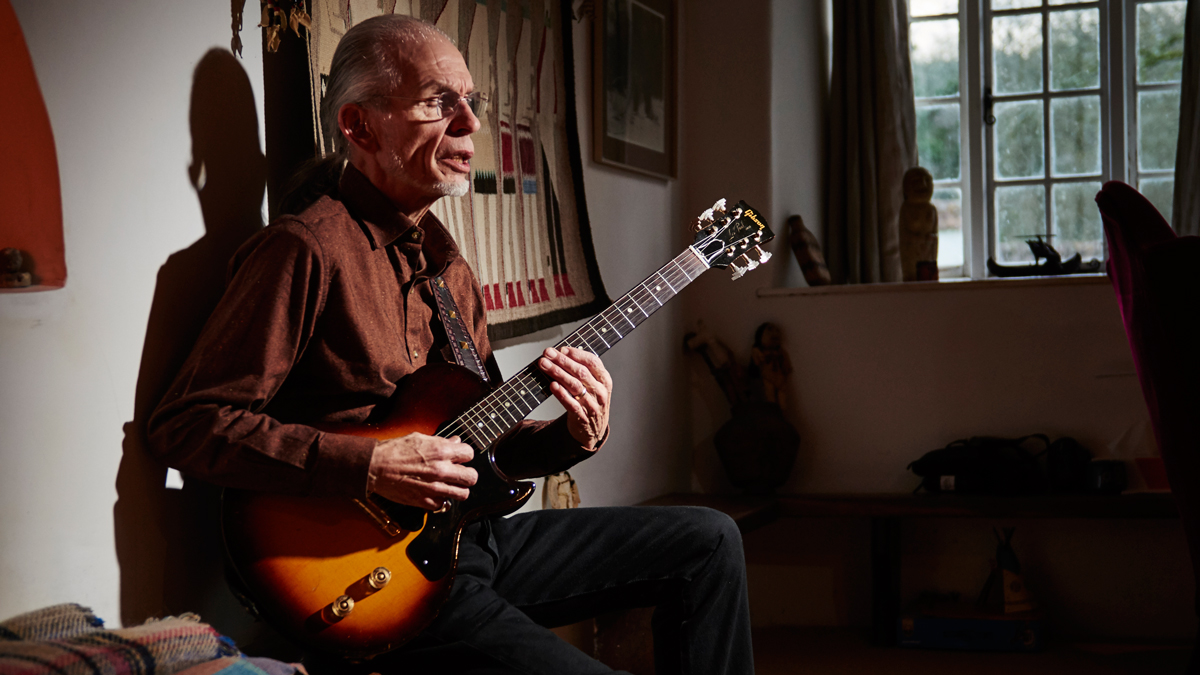
3. Steve Howe
“Around the age of 13, I discovered Steve Howe from Yes. He was the first guy I heard within the context of a rock band playing all these other different styles from jazz to ragtime.
It seemed like all these things I had learned but didn’t know how to apply
“It seemed like all these things I had learned but didn’t know how to apply, like classical guitar having had a flamenco teacher when I was young, here was a guy who figured out a way to use all those elements and sound original. It was a real revelation for me to hear how he’d done that.
“And it wasn’t just blues-based either, as much I loved all the other guys who were. It took a lot of courage on his part to go in those different ways.
“That first he did with them, The Yes Album, has an acoustic solo called Clap as the second track. It’s incredible! I’d been playing folk guitar for years but had never heard in the context of a psychedelic progressive rock band.”
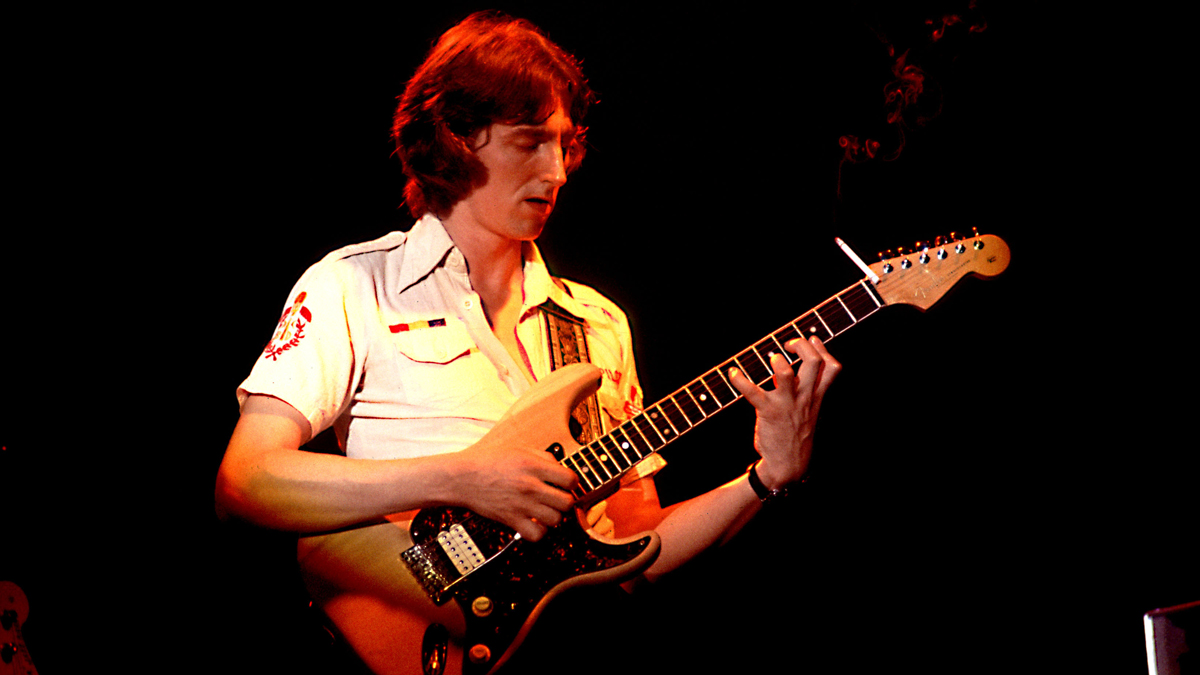
4. Allan Holdsworth
“When I first heard Allan, I was in this covers band, playing all the same clubs as Twisted Sister on the Long Island circuit.
“Someone came in with an album recorded by The New Tony Williams Lifetime. At first he said, ‘I’m not going to tell you who this is!’ I was thinking it could be Jeff Beck; it had some Beck-isms from records like Blow By Blow and Wired.
“Then when he started soloing, the sound was just incredible. That was the beginning of a long love affair with Allan’s playing. He was one of the most original electric guitar players to walk the planet. And what a great tone.
“All of that facility without that beautiful, woody guitar tone might not have worked as well… it fit perfectly. He truly was out of this world.”
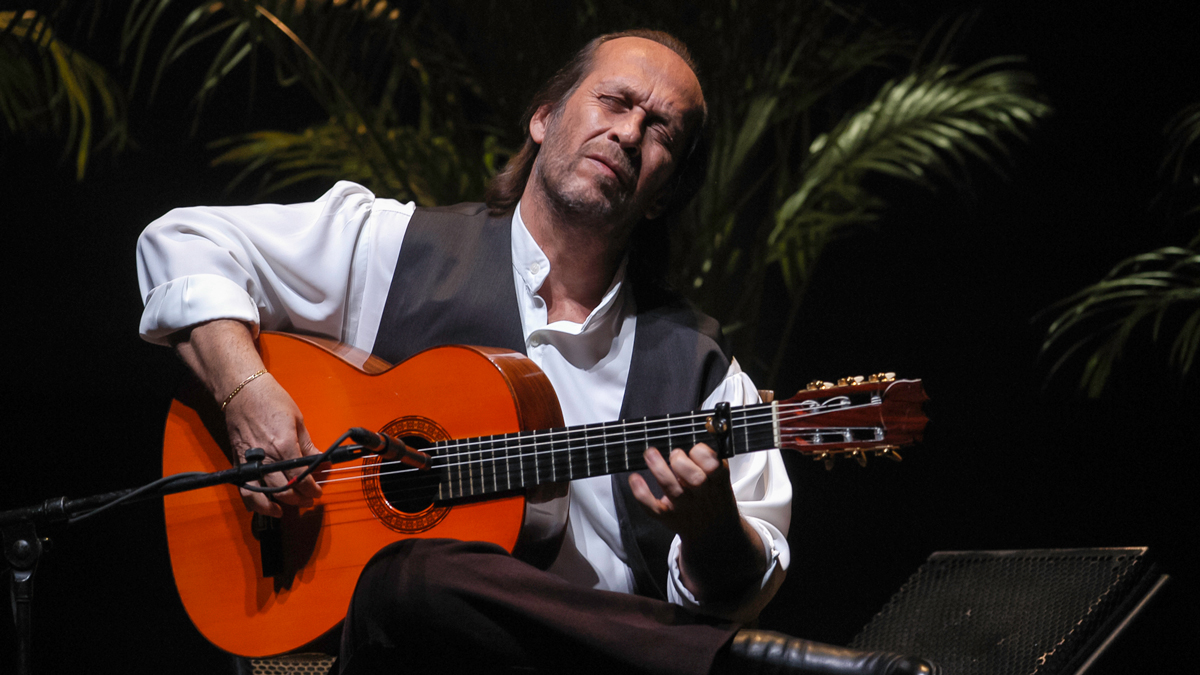
5. Paco de Lucía
“Like a lot of people, I was introduced to him by that Friday Night In San Francisco record with John McLaughlin and Al Di Meola.
To realise it was all coming from that right hand was a big ‘wow’ moment for me
“I ended up buying his entire catalogue to learn how important he was to flamenco. All of the modes flamenco players grow up learning aren’t like Western guitar players.
“When I heard it, I didn’t know he was doing all of that fingerstyle. To realise it was all coming from that right hand was a big ‘wow’ moment for me.
“I actually got to see Paco in a large theatre, The Wiltern, in Los Angeles. There were 2000 people going absolutely nuts for this guy on flamenco, so seeing him live was just absolutely stunning.”
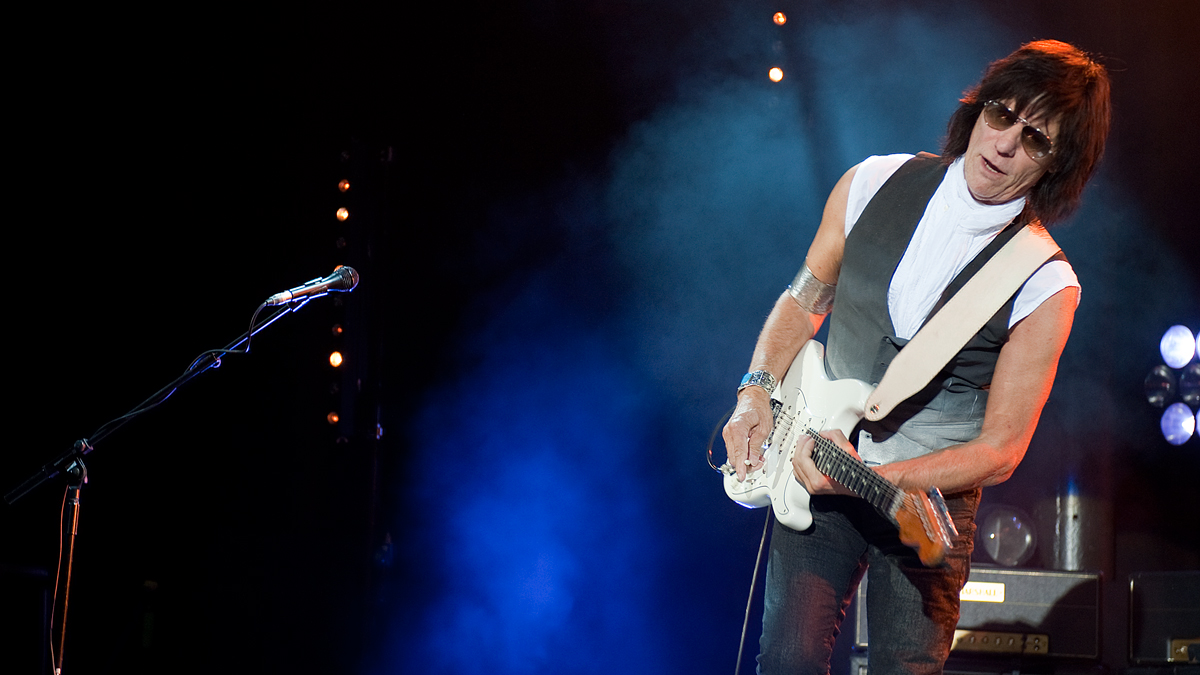
6. Jeff Beck
“Obviously Jeff has to be in this list. From everything he’s done, The Yardbirds to his more recent solo stuff, he’s always continued to keep challenging himself. It’s an important lesson for all guitar players… don’t sit on your laurels; there’s always a whole lot more to learn.
“Jeff is really good at taking influences outside of guitar and applying them to his playing - whether it’s from choirs, classical or Bulgarian chants. He can absorb other forms of music and throw them into his own fiery mix of rock and blues guitar.
“His newer material goes as far as electronica… that’s exactly how he’s looks for new ways to excite himself and we get to benefit from that!”
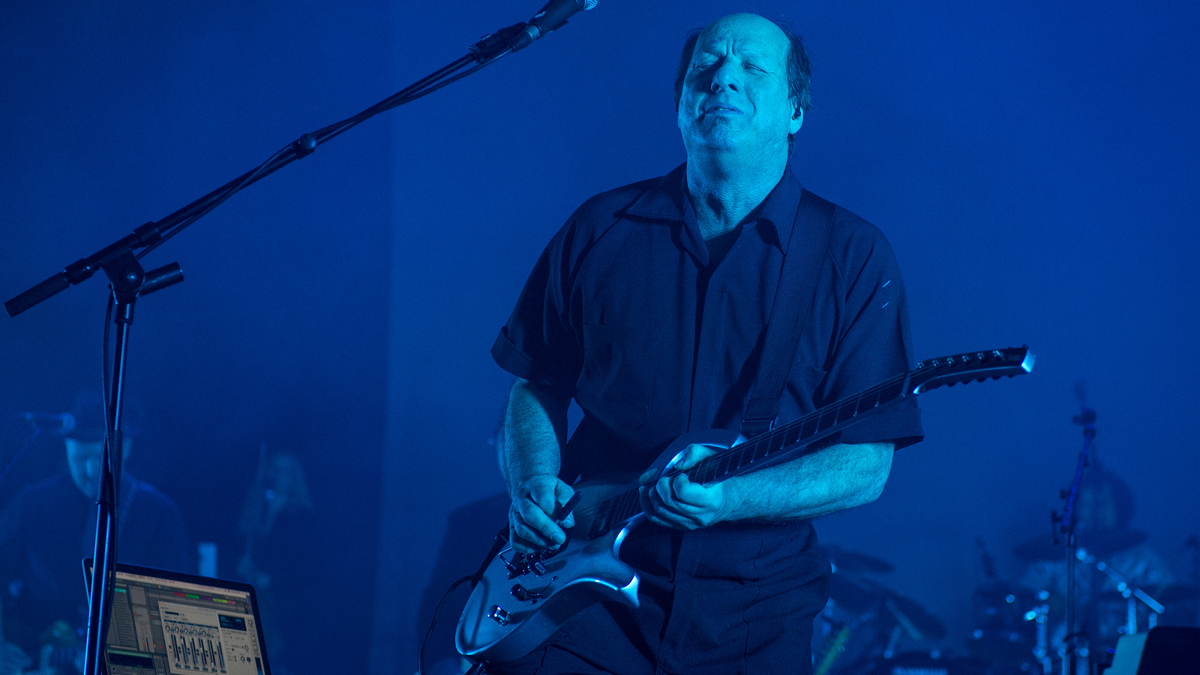
7. Adrian Belew
“I got to see Adrian in New York on that first Lone Rhino solo record tour. He truly was the one guitar player where I couldn’t figure out how he was producing what we were hearing.
“He played this intimate club with a whole new set of sounds, not necessarily from the rock ’n’ roll lineage, using sonics that felt foreign to me as a guitarist.
“He wrote beautiful tunes wrapped up with great melodies… and he was a great frontman, really entertaining. It was one of those guitar shows that wasn’t just for a guitar audience or about playing fast - anyone could get it. I kinda forgot he was guitar player watching him.”
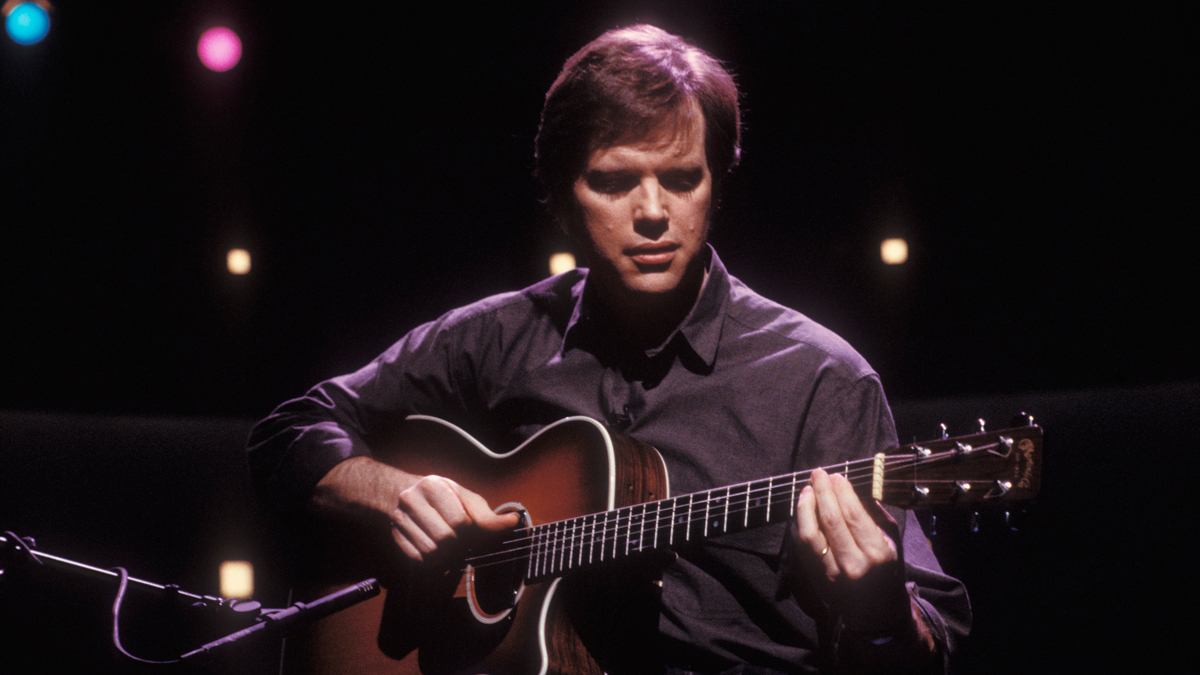
8. Leo Kottke
“Whenever people ask me how I came up with the intro to Rebel Yell, I always have to say it came from those Leo Kottke things that had independent bass and treble lines going.
“I couldn’t really play a lot of that stuff, but I started trying on an acoustic guitar. This was at the end of the folk thing that was happening, with James Taylor, Joni Mitchell, Crosby Stills & Nash… then Leo came up with this incredible technique rooted in Americana and folk.
“He was like the speed-metal guy of the acoustic 12-string!”

9. Eddie Van Halen
“When I was in that cover band early on, I remember being at a party and feeling quite drunk! The host of the party put on the first Van Halen record and it got to Eruption… I sobered up very quickly. I said, ‘Hey man, can you put that back on!’ to make sure it definitely was a guitar.
“Anyone that heard him instantly knew it was new and different. The combination of sound and playing was perfect. It’s one thing to have the facility, but you need the tone that presents it in the right way. Eddie was the whole package. Those early Van Halen records set the bar really high as far as rock guitar goes.
“I know Eddie is also a big Allan Holdsworth fan like me - he was definitely listening to it and taking influence. It’s funny, we guitar players are very incestuous!”
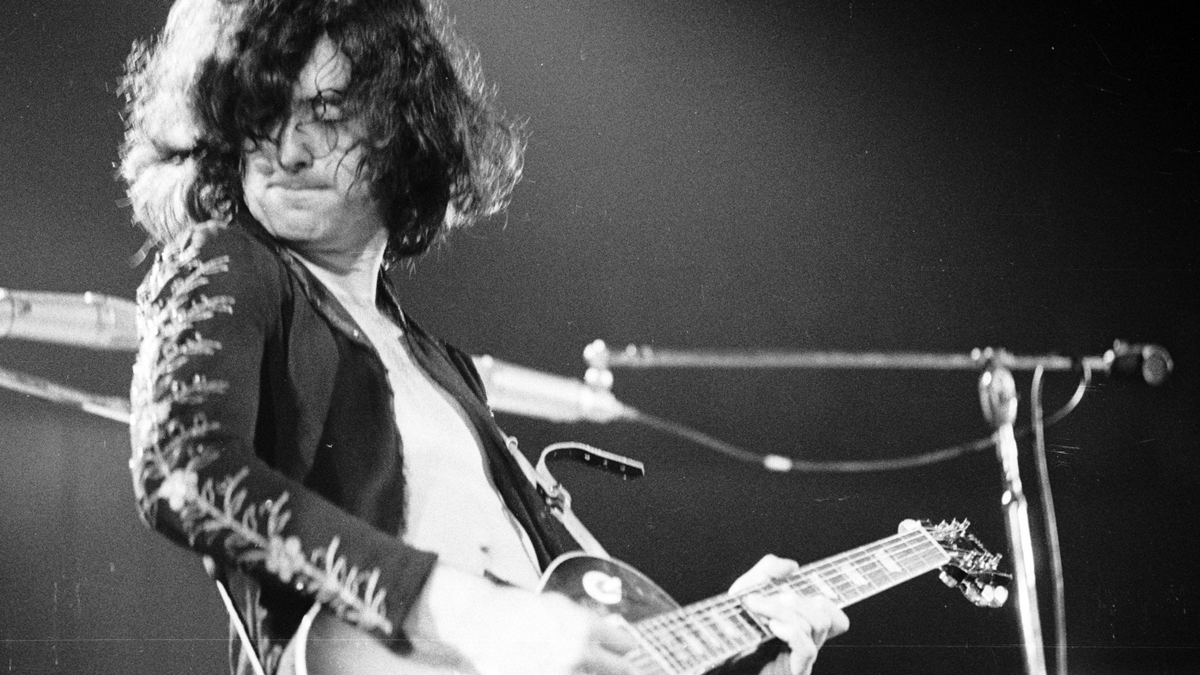
10. Jimmy Page
“Not long after switching from acoustic to electric, I got into Led Zeppelin. Jimmy Page is monumental to guitar players.
“Again, he presented and produced his amazing guitar in such a way that made him this monolithic riff machine. He showed us you need to know your way around the studio, how to produce your guitar, how to write and arrange tunes.
“He’d also present the vocals as the most important thing. That’s what was so great about what he did on guitar: he created a plateau for Robert Plant. This bedrock that was unselfish... You don’t just like Jimmy Page; you like Led Zeppelin. It wouldn’t have been the same without the other three guys.
His solos like Stairway To Heaven are the absolute pinnacle for lead playing, but his riffs were always for the benefit of the singer
“Yes, his solos like Stairway To Heaven are the absolute pinnacle for lead playing, but his riffs were always for the benefit of the singer. That’s what I took away from Jimmy Page.
“Although my career started in late 1982 with Billy Idol, I’m really a product of the early-'70s guitar players. That’s why I’ve always recorded and used stuff based on that era.
“Fortunately, I got to work with engineers who made those earlier records. Rebel Yell was recorded at Electric Lady studios with Dave Wittman, who had worked with Led Zeppelin and KISS... what an opportunity that was!”
Amit has been writing for titles like Total Guitar, MusicRadar and Guitar World for over a decade and counts Richie Kotzen, Guthrie Govan and Jeff Beck among his primary influences. He's interviewed everyone from Ozzy Osbourne and Lemmy to Slash and Jimmy Page, and once even traded solos with a member of Slayer on a track released internationally. As a session guitarist, he's played alongside members of Judas Priest and Uriah Heep in London ensemble Metalworks, as well as handling lead guitars for legends like Glen Matlock (Sex Pistols, The Faces) and Stu Hamm (Steve Vai, Joe Satriani, G3).
